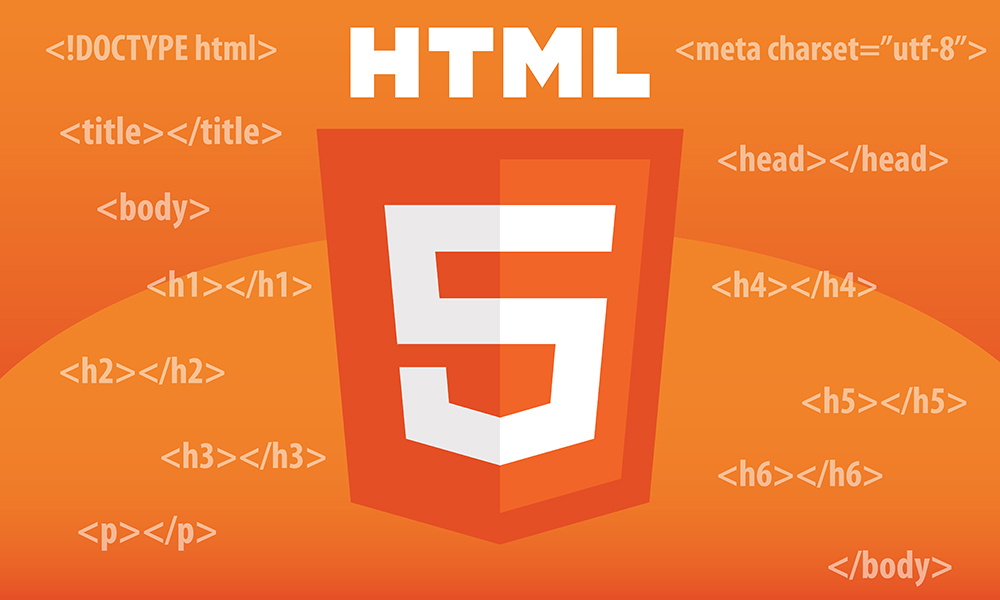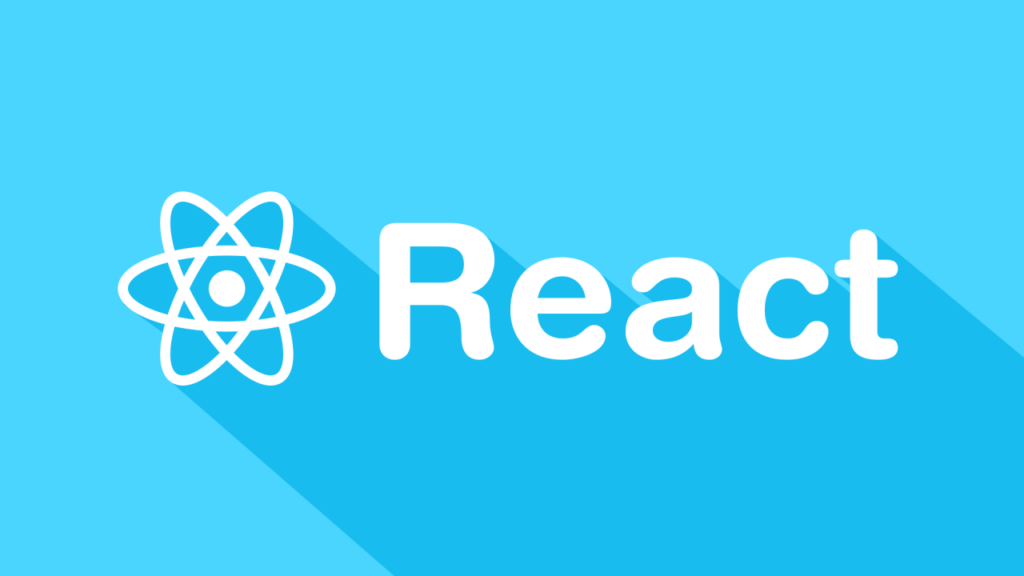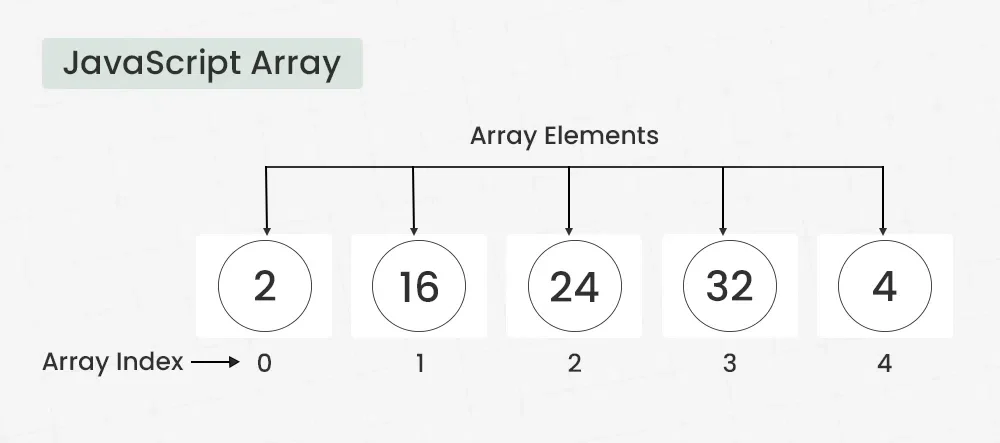HTML, or HyperText Markup Language, is the backbone of the web, forming the structure of nearly every website you visit. It allows developers to create the framework of a webpage by defining elements like headings, paragraphs, links, and images. If you’re new to web development, understanding HTML is the first step toward building your own websites.
What is HTML?
HTML is a markup language that uses tags to define elements on a webpage. These tags are enclosed in angle brackets (<>) and usually come in pairs: an opening tag (e.g., <p>) and a closing tag (e.g., </p>). Everything between these tags is the content.
Basic Structure of an HTML Document
Here’s a simple example of an HTML document:
<!DOCTYPE html>
<html>
<head>
<title>My First Webpage</title>
</head>
<body>
<h1>Welcome to HTML!</h1>
<p>This is a paragraph of text.</p>
<a href="https://www.example.com">Click here to learn more</a>
</body>
</html>
<!DOCTYPE html>: Declares the document type as HTML5.<html>: Encloses the entire HTML document.<head>: Contains metadata like the title and links to stylesheets.<body>: Holds the visible content of the webpage.
Common HTML Tags
- Headings:
<h1>to<h6>for titles and subtitles. - Paragraphs:
<p>for blocks of text. - Links:
<a href="URL">to create hyperlinks. - Images:
<img src="URL" alt="description">to display pictures.
Conclusion
HTML is simple yet powerful. By mastering this basics of HTML, you’ll gain the skills to design the structure of web pages. Once comfortable, you can move on to CSS for styling and JavaScript for interactivity, creating dynamic and visually appealing websites. Start experimenting today and bring your ideas to life!





